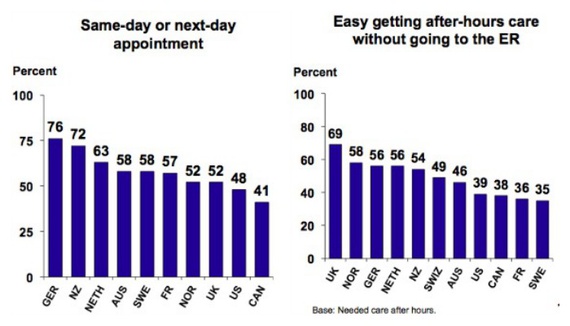
We continued this week with Patient Quality & Safety III. I expected to learn more about quality and safety with respect to our patients. When reading the chapter this week it talked quite a bit about measuring patient satisfaction. It is really the only way to determine how we are doing or at least how the population we are affecting perceives how we are doing. Because face it, we can't please everyone, every time.
The text puts the patient's viewpoint in three categories:
1. Measures of preferences - meaning what a patient's expectations are and how well those expectations were met. This could include waiting time, time spent with doctor, etc.

2. Evaluations - meaning how the patient perceived their care and whether they believe that it was good care or bad care.


3. Reports of Health Care - meaning a non-biased account of the care received or what actually occurred regardless of what the patient thought.

What surprised me a little was including doctors and nurses in the "patient" category. In other words, when the doctor's or nurses use facilities such as outpatient referrals, labs, or rehabilitation services, they are also in the position of the patient to evaluate their perceived acceptance of care. Interesting idea, isn't it.

I always try to incorporate what I learn in class to my clinical experiences. I recently started working nights and I feel that I have less time to really connect with the patient. Therefore, it is that much more important that the time that I do spend with them is time meeting their needs and helping them to have the best care possible. I am their connection to the doctor, the source of timely pain relief and many other important aspects of their experience that can help them to heal more effectively. What I do, what we all do working as a healthcare team matters to healing. Patient satisfaction means that our patients are on the road to healing and recovery.
No comments:
Post a Comment